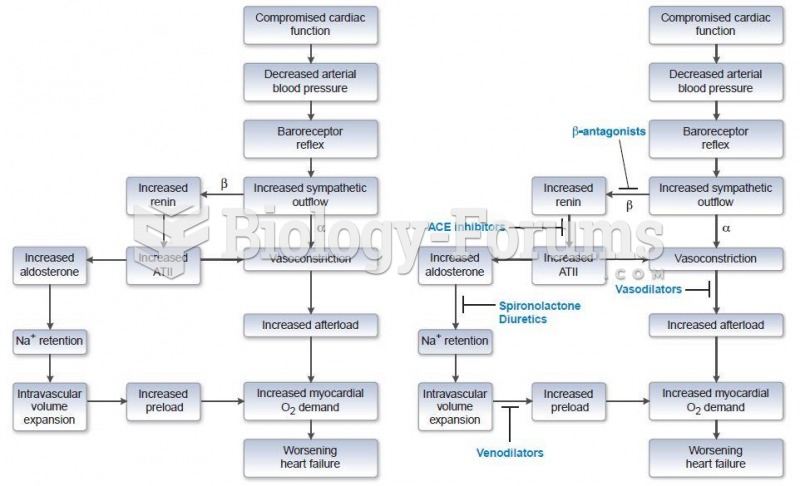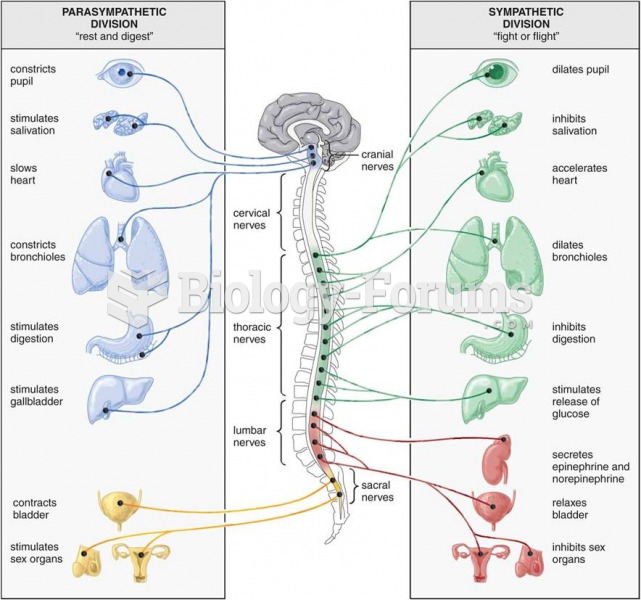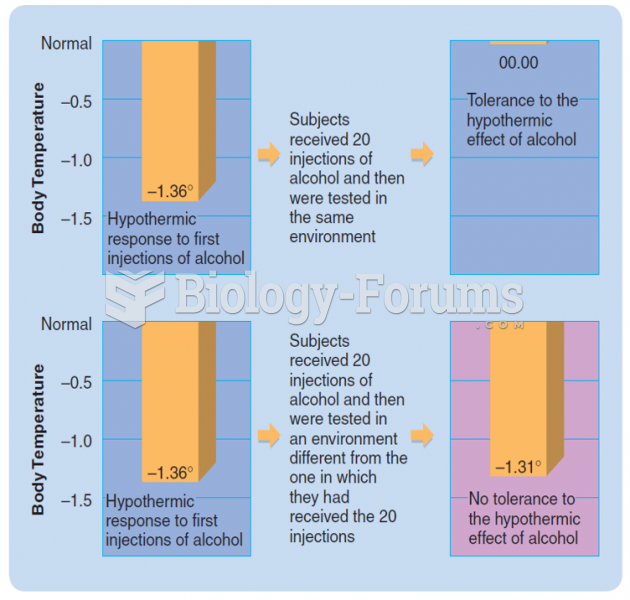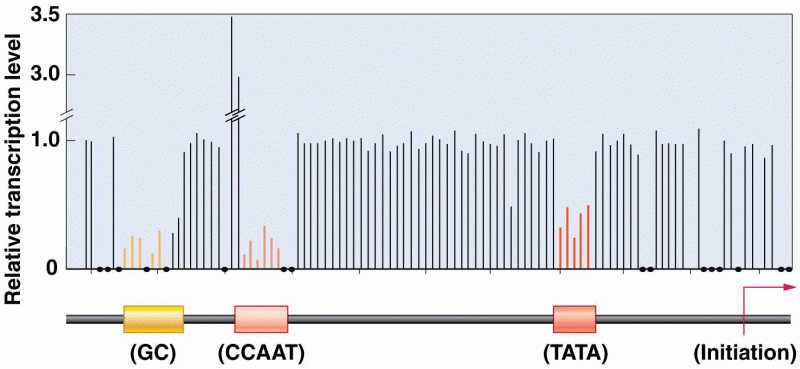The owner of a business invested 5,000 in the business. What are the effects on the fundamental accounting equation?
a. Assets increase 5,000; liabilities, no effect; owner's equity increases 5,000
b. Assets increase 5,000; liabilities decrease 5,000; owner's equity increases 5,000
c. Assets increase 5,000; liabilities increase 5,000; owner's equity, no effect
d. Assets increase 5,000; liabilities, no effect; owner's equity decreases 5,000
e. Assets decrease 5,000; liabilities, no effect; owner's equity increases 5,000
Question 2
CVP, target operating income, service firm.
KinderKids provides daycare for children Mondays through Fridays.
Its monthly variable costs per child are as follows:
Lunch and snacks 100
Educational supplies 30
Other supplies (paper products, toiletries, etc.) 20
Total 150
Monthly fixed costs consist of the following:
Rent 1,500
Utilities 150
Insurance 200
Salaries 1,700
Miscellaneous 450
Total 4,000
KinderKids charges each parent 400 per child per month.
Required:
1. Calculate the breakeven point.
2. KinderKids' target operating income is 5,000 per month. Compute the number of children who must be enrolled to achieve the target operating income.
3. KinderKids lost its lease and had to move to another building. Monthly rent for the new building is 2,200. At the suggestion of parents, KinderKids plans to take children on field trips. Monthly costs of the field trips are 1,100. By how much should KinderKids increase fees per child to meet the target operating income of 5,000 per month, assuming the same number of children as in requirement 2?







